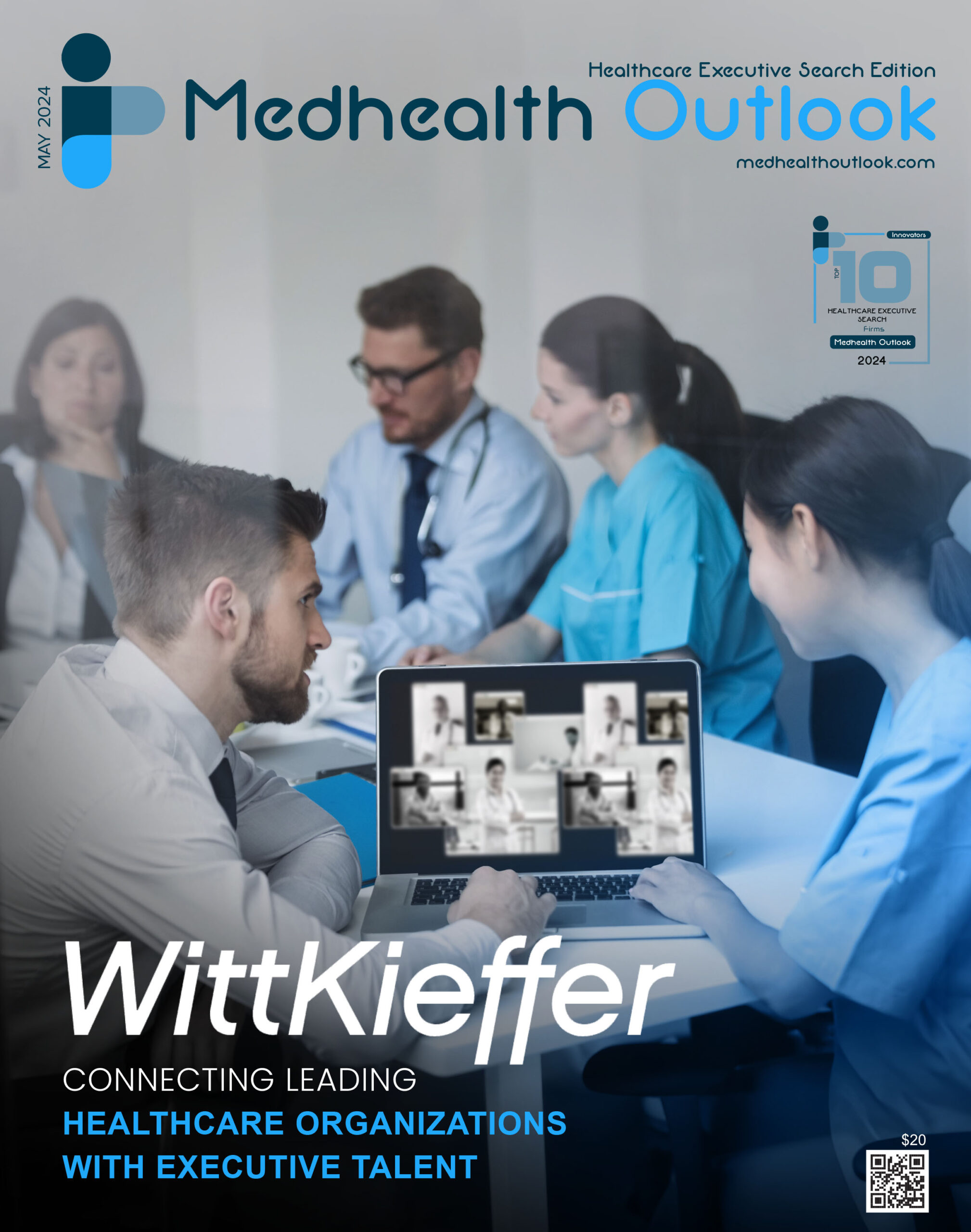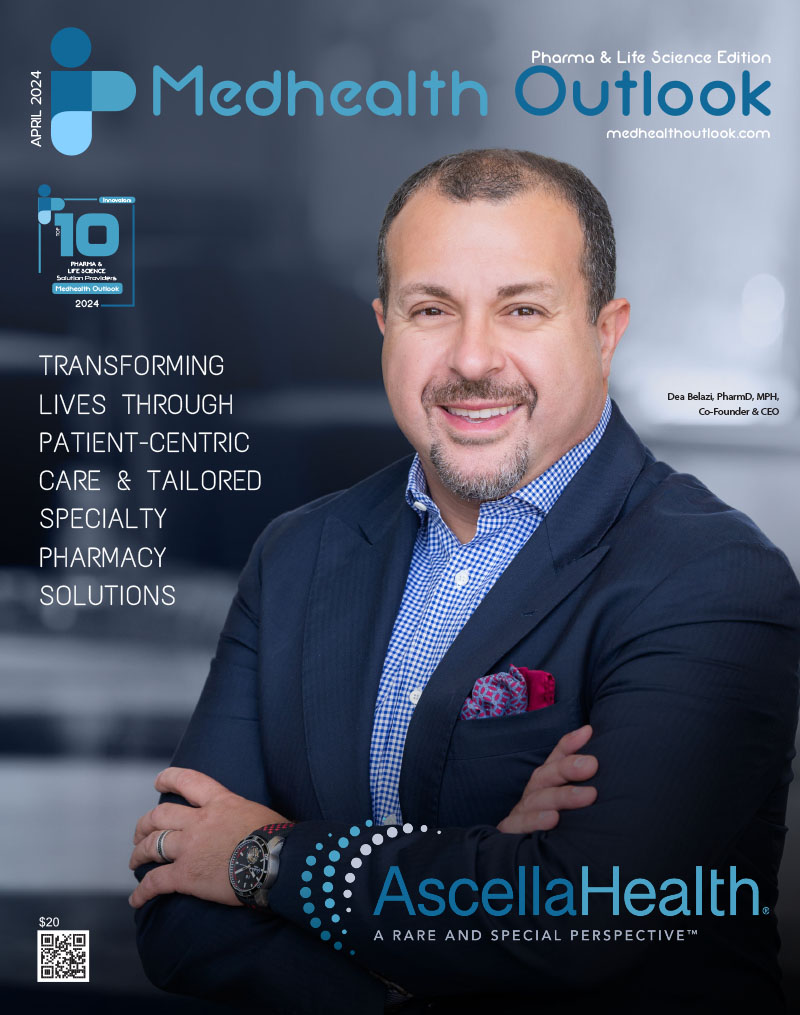Diseases of the brain represent a unique challenge to their effective treatment, because the vast majority of medications are unable to enter the brain in sufficiently high concentrations. This problem is caused by the blood-brain barrier (BBB), which acts as a gatekeeper to control entry to the brain of substances from the bloodstream. While oxygen, hormones, nutrients, and a few other essential molecules easily pass through the BBB, many other substances, including most pharmaceutical agents, are blocked from easy entry into the brain. In all, this highly restrictive and selective influx serves the purpose of supporting optimal brain function and minimizing potential interference from potentially detrimental substances. However, in cases of brain-localized diseases, such as brain cancer or neurological disorders, the barrier function of the BBB constitutes a disadvantage, because it may significantly diminish brain access by therapeutic drugs that are present in the bloodstream.
In recent years, biomedical research on the natural compound perillyl alcohol—and its pharmaceutical-grade, highly pure equivalent NEO100 (NeOnc Technologies, Inc.)—has revealed new possibilities to circumvent the obstacle placed by the BBB, and has provided promising opportunities to deliver any kind of therapeutic into the brain at sufficiently high, effective concentrations. In nature, perillyl alcohol is a metabolite of limonene and is part of the essential oils present in citrus fruit peel and other botanicals, such as peppermint, spearmint, lavender, bergamot, lemongrass, sage, thyme, cherries, and others. It has been used in cosmetics, fragrances, and some cleaning products and as an ingredient in baked goods, frozen dairy, gelatine, puddings, beverages, and candies. Over the past three decades, perillyl alcohol has also been investigated for its potential anticancer activity, but it did not show convincing therapeutic activity when given to cancer patients in liquid capsule format.
Following some early disappointments while working with oral perillyl alcohol, researchers pursued alternative medicinal strategies with the use of this natural compound and discovered new features that provided prospects toward improved drug delivery to the brain. As a result, advances with perillyl alcohol have now established three major principles by which this compound can improve drug delivery to the brain: (i) It can be administered by intranasal delivery, either alone or in combination with other drugs, which will achieve drug entry via the nose-to-brain pathway, utilizing cranial nerves I and V. (ii) It can be administered intraarterially, which will result in the short-term, reversible opening of the BBB that will allow medications circulating in the bloodstream to effectively enter the brain. (iii) It can be permanently fused to some already existing medications, which can result in increased efficiency of BBB penetration—and therefore greater brain-targeted activity—of such fusion compounds. Below, a few examples of these exciting new developments are being described.
Under the direction of NeOnc Technologies, Inc., a novel manufacturing pathway was developed that employed derivatization of perillyl alcohol with a crystalline intermediate, which enabled the production of ultra-pure NEO100. This clinical-grade version of perillyl alcohol received investigational new drug(IND) approval from the FDA for testing as an intranasal application to brain cancer patients. In a recently completed Phase 1 clinical trial with 12 recurrent malignant glioma patients, intranasal NEO100 proved to be well tolerated and safe, and there was preliminary evidence of activity, with substantially improved survival times
. As of early 2023, a Phase 2a continuation of this trial is ongoing.
The observation that intranasal perillyl alcohol/NEO100 was able to reach the brain after intranasal delivery spawned the question whether perillyl alcohol perhaps might be able to carry along other drugs in the process, i.e., act as a carrier along the nose-to-brain route for co-administered agents. This question was answered in preclinical studies in rodents, with bortezomib as the selected drug representative. Bortezomib (Velcade®, Takeda Oncology) is an injectable chemotherapeutic agent used for the treatment of multiple myeloma. In laboratory experiments, bortezomib revealed strong anticancer activity against brain cancer cells grown in a culture dish, but not when injected intravenously into mice harboring brain cancer, because the BBB prevented the drug from reaching the tumor. Strikingly however, when bortezomib was mixed with perillyl alcohol and administered via the intranasal route, it was able to reach the brain and unfold its therapeutic activity against the brain-localized disease. While these experiments established proof of principle that intranasal perillyl alcohol is able to circumvent the BBB and act as a delivery vehicle for other drugs, this method has not yet been tested in human patients.
Another method, entirely different from intranasal delivery, is intraarterial delivery of perillyl alcohol/NEO100, which has been extensively investigated in preclinical models. In these studies, NEO100 was administered via intraarterial injection, which resulted in the safe, fully reversible opening of the BBB. This short-term opening only lasted a few hours, but was sufficient to allow circulating therapeutics to exit the bloodstream and enter the brain. Proof of principle was obtained with small-molecule chemotherapeutics, such as methotrexate, and much larger molecules, such as therapeutic antibodies like trastuzumab (Herceptin®, Roche) or various checkpoint-inhibitory antibodies. Importantly, the investigators were able to demonstrate in their mouse models that increased brain influx of such therapeutics resulted in striking therapeutic activity, which was not possible in the absence of prior NEO100-enabled BBB-opening. At this time, the studies are still at a preclinical stage, but future clinical applications are envisioned primarily in patient cohorts with highly aggressive primary brain cancers and others where common peripheral cancers (lung, breast, melanoma) have metastasized to the brain.
In yet another application that takes advantage of the multifaceted characteristics of perillyl alcohol, it was conjugated to already established, clinically used medications. The best-investigated among a series of such novel compounds is NEO212, where perillyl alcohol was permanently fused to temozolomide. Temozolomide (Temodar®, Merck & Co) represents the gold standard chemotherapy for malignant glioma, although it crosses the BBB sub-optimally and only modestly extends the survival of patients. Extensive in silico modeling was aimed at identifying compounds where fusion with perillyl alcohol was predicted to enhance their brain entry and brain-targeted activity. Fusion of perillyl alcohol to temozolomide, resulting in NEO212, was predicted to achieve significantly higher brain concentrations than the non-conjugated parental temozolomide molecule, and this was indeed confirmed in preclinical brain tumor models. Furthermore, the anticancer activity of NEO212 was evaluated in a variety of animal tumor models and found to consistently and reliably yield stronger therapeutic activity than temozolomide. And, as important, it was found to be well tolerated by the treated animals, which bodes well for future clinical trials. At this time, an IND application is being submitted to the FDA, and, if successful, the first clinical trials with NEO212 for patients with brain-localized malignancies are expected to start in late 2023.
In all, from intranasal delivery and co-transport along the nose-to-brain route that circumvents the BBB, to intraarterial delivery that opens the BBB, to drug-drug conjugation that forces its way through the intact BBB, perillyl alcohol has demonstrated its multifaceted benefits for a variety of therapeutic applications.











